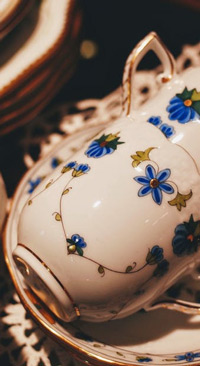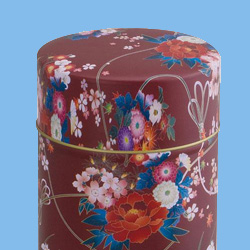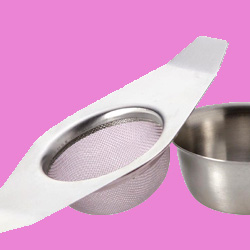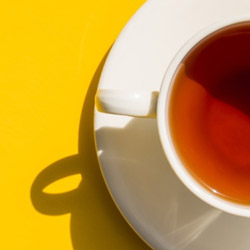How to Select The Perfect Cup

Just as every Lennon needs a McCartney every tea needs it's cup. Tea leaves take on the characteristics of things they come into contact with; from the climate of the growing region and the smokiness of open fires near where they are dried to the flavours trapped in the infuser and the minerals in the water used but the final step might just be the most important of all; the cup so now we'll take a look at what your current cup is doing to your tea drinking experience.
What To Look For
The tea should be allowed to cool slowly; the wider the mouth of you cup is the more of the tea is in contact with the air and the faster it will lose it's heat and the thinner the material the cup is made of the faster heat will be lost through the cup.
It should be non-porous, because a porous container will trap in different flavours and aromas from previous cups which can damage the taste of your tea and when those pores are large enough there is the potential for substances to become trapped and breakdown in your cup.
A thin rim is essential in your chosen cup so that your tea will easily move from cup to mouth bypassing chin entirely.
Most important of all it should be safe; while we certainly don't recommend plastic cups, if you have no other choice, ensure that the cup is BPA (bisphenol A) free.
Choose Your Material
Plastic Cups
Plastic cups are probably the worst choice for hot drinks in general and definitely not recommended by tea drinkers. Not all plastics are chemically inert which means it is possible for them to leach toxic elements on exposure to heat into your drink which is not just bad for the taste but bad for you.
Stainless Steel
Stainless steel cups are very heavy duty but steel may not be the best choice for a drinking vessel due to its heat conductivity, the transfer of heat from the tea to your lips is much faster than with porcelain or china. Further problems have recently come to light regarding stainless steel as it was discovered that when scratched stainless steel can leach nickel and iron into the contents of the cup.
Glass
Glass cups meet all the standard criteria for the perfect teacup we've outlined already. Glass is commonly used for brewing tea in teapots as glass does not impact the flavours of the tea at all, but it can lose heat much quicker than ceramic or porcelain cups depending on its thickness. The best glass cups are double walled as the inner wall retains the heat while the outer wall makes it easier to hold although this can be deceptive and may occasionally lead to lip burn if you aren't paying attention.
Ceramic
Ceramics are widely used in teaware manufacture and with good reason. Ceramics in general refers to kiln fired pottery, stoneware and terracotta. They are a popular choice due to their aesthetic appearance as well as their ability to retain heat for long periods of time due to their low porosity, resistance to high temperatures and adhereance to the original teas taste seeping into your tea.
China or Porcelain
Porcelain has been used for tea cups for more than fifteen hundred years and remains the material of choice when it comes to drinking tea. Porcelain is incredibly non-porous and the porcelain glaze makes it non-reactive to the temperature of the tea. Bone china uses bone ash mixed with clay and is what most classic British teaware is made from and British scientists opine that the smooth shape of the bone china and porcelain cups prevents tannin in the tea from ticking to the side, thus preserving the body of the tea.



